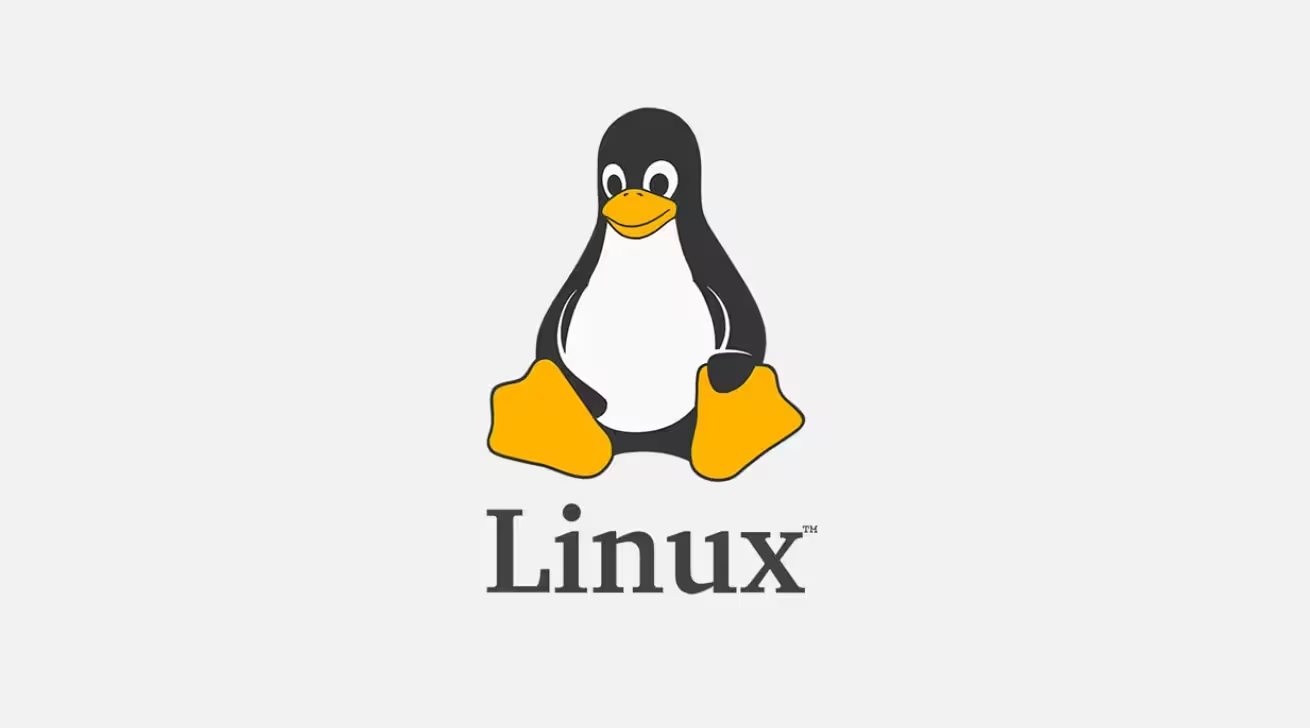Best For : Security, simplicity, and enterprise-grade email systems.Key Features : Modular design with SASL/TLS support. Easy to configure (replaces Sendmail as the default MTA on many distros). Scalable for small to large deployments.Installation :
sudo apt install postfix # Debian/Ubuntu
sudo dnf install postfix # Fedora/RHEL
sudo pacman -S postfix # Arch
Example Config (/etc/postfix/main.cf):
myhostname = mail.example.com
mydomain = example.com
myorigin = $mydomain
Best For : Flexibility and complex routing rules.Key Features : Highly customizable ACLs (Access Control Lists). Built-in support for DKIM, SPF, and DMARC. Active community and documentation.Installation :
sudo apt install exim4 # Debian/Ubuntu
sudo dnf install exim # Fedora # Route emails to specific domains
dc_other_hostnames = 'example.com;example.net'Sendmail
Best For : Legacy systems or users familiar with its syntax.Key Features : One of the oldest MTAs (still maintained). Complex but powerful configuration via .mc files.Installation :
sudo apt install sendmail # Debian/Ubuntu
sudo dnf install sendmail # FedoraOpenSMTPD
Best For : Simplicity and security (developed by OpenBSD team).Key Features : Minimalist configuration syntax. Secure by design (privilege separation).Installation :
sudo apt install opensmtpd # Debian/Ubuntu
sudo pacman -S opensmtpd # Arch
Example Config (/etc/smtpd/smtpd.conf):
listen on eth0
accept from any for domain example.com deliver to maildir
Best For : Security-focused setups (though no longer actively maintained).Key Features : Modular architecture with minimal privileges. Secure against common exploits (buffer overflows).Installation : Requires manual setup from Qmail.org .
Haraka
Best For : High-performance, Node.js-based email processing.Key Features : Plugin architecture for spam filtering, rate limiting, etc. Built for handling large volumes of connections.Installation :
npm install -g Haraka
haraka -i /path/to/configMailutils (GNU Mailutils)
Best For : Lightweight setups and GNU integration.Key Features :Includes IMAP/POP3 server, MTA, and mail filtering.
Supports Sieve scripts for filtering.
Installation :
sudo apt install mailutils # Debian/UbuntuNullmailer
Best For : Single-purpose systems that only send mail (no receiving).Key Features : Minimal resource usage. Forwards all mail to a “smart host” (e.g., Gmail SMTP).Installation :
sudo apt install nullmailer # Debian/UbuntuComparison Table
MTA Best For Ease of Use Security Notes Postfix General-purpose ⭐⭐⭐⭐ ⭐⭐⭐⭐ Default on many distros Exim Complex routing ⭐⭐⭐ ⭐⭐⭐⭐ Steeper learning curve Sendmail Legacy systems ⭐⭐ ⭐⭐ Mostly replaced by Postfix OpenSMTPD Simplicity & security ⭐⭐⭐⭐ ⭐⭐⭐⭐⭐ Modern, lightweight Qmail Security (outdated) ⭐⭐ ⭐⭐⭐⭐ Unmaintained since 2007 Haraka High-performance/Node.js ⭐⭐⭐ ⭐⭐⭐ Plugin-based, developer-friendly Mailutils Lightweight/GNU tools ⭐⭐⭐ ⭐⭐⭐ Includes IMAP/POP3 Nullmailer Outbound-only ⭐⭐⭐⭐ ⭐⭐⭐⭐ Minimal setup
Key Considerations
Security : Postfix and OpenSMTPD prioritize secure defaults.Ease of Use : Postfix and Nullmailer are easiest for beginners.Scalability : Exim and Haraka handle complex routing/load.Legacy Support : Sendmail/Qmail for older systems.
Final Recommendation
For Most Users : Postfix (balance of security and simplicity).Advanced Users : Exim or Haraka (custom routing/plugins).Minimalist Needs : Nullmailer or OpenSMTPD .








